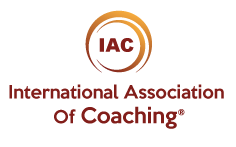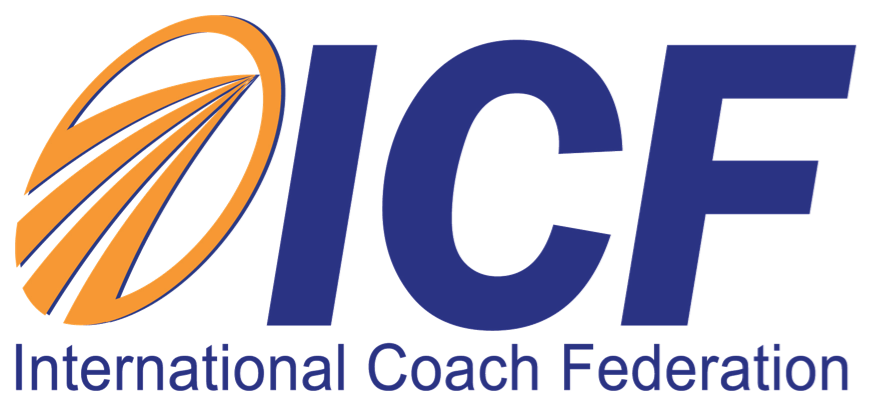 Just the other day, I learned that there is a crime gang out there, that tattoos the necks of their victims with a barcode, which serves as an identifier. Aside from its obvious terroristic approach, and dehumanizing effects, it got me thinking how this crazy idea could be applied to leadership. As experienced leaders know, balance demands a huge role around the lives of each and every achieving executive in the form of work-life balance. However, also within their roles as a key capability among their various competencies.
Just the other day, I learned that there is a crime gang out there, that tattoos the necks of their victims with a barcode, which serves as an identifier. Aside from its obvious terroristic approach, and dehumanizing effects, it got me thinking how this crazy idea could be applied to leadership. As experienced leaders know, balance demands a huge role around the lives of each and every achieving executive in the form of work-life balance. However, also within their roles as a key capability among their various competencies.
What if the word “balance” could somehow be tattooed on every leader’s skin whether wrist, neck, or ankle, to serve as a reminder of its importance? I know this technique would have saved me a lot of misery!
Well, one can only dream right? Until then, I guess engraining it in our brains as a core value, similar to hard-work, honesty and trust would have to do.
Leadership demands a balance not only of a set of hard skills (those that are directly part of an organization, position and role) but also soft skills (those related to communication, engagement, discipline, feedback, training and having following etc.) because, let’s face it, without a following, leadership is obsolete!
How well (or not) your team contributes to the organization’s success depends on this notion. Much depends on how well you manage to harness the commitment, efforts, skills and effectiveness of your team, and then how well you are able to let go and allow your team to take up the challenge and deliver.
As a leader, when do you let go and allow employees to Sink or Swim?
Here are 10 indicators to use as guidance:
1. A reciprocal and healthy balance of taking and giving responsibility, guidance and feedback.
2. Well communicated set of boundaries for you as well as your team.
3. Foreseeing risk and planning to involve the team in managing it (refer to www.centerforworklife.com/webinars) in Sept. on Risk.
4. Transparency and clarity in setting expectations for outcomes
including timelines, through getting buy-in.
5. Rewarding exceptional results and having clear consequences for non-achievement.
6. Empowering the team to realize the strategic focus on innovation, and the targets to get there.
7. Understand the actions and behaviors, which will facilitate engagement (the principles of Emotional Intelligence).
8. Set the example for being a trusted advisor rather than a dictator. One leads to learning, while the latter leads to rebelliousness). Only one pays off!
9. Do. Don’t tell. We learn by doing. This is precisely why criticism doesn’t deliver results. Setting up the scenario and stepping back, will allow the individual to understand their own process. Telling interrupts the process.
And finally,
10. Live a double life! No matter how large your organization or the team you lead, the same old never is. Push your limits and ask for accountability to be innovative. There are so many ways to solve the same challenges. Solve them wearing a different hat each and every day.
Care to comment?





